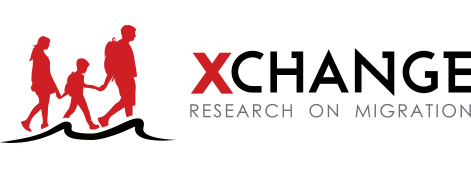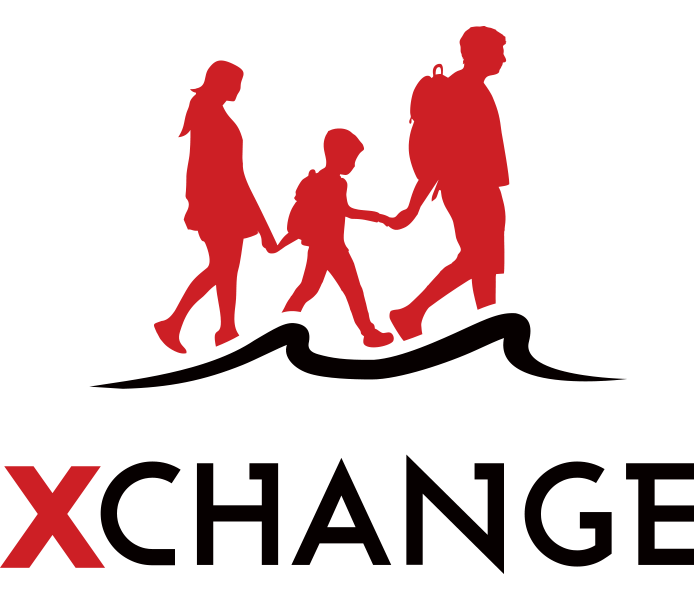The Democratic Republic of the Congo (DRC) is home to one of the world’s most complex and severe humanitarian crises, yet it rarely makes international headlines. For years, millions have endured conflict, displacement, and poverty. Since 2024, the situation has sharply worsened due to renewed violence in the eastern provinces.
Background
The DRC is a vast, resource-rich country in Central Africa, roughly the size of Western Europe. Despite its wealth in minerals like cobalt, gold, and copper, over 73% of the population lives on less than $2.15 a day. Decades of conflict, corruption, and weak governance have undermined development and stability.
The eastern provinces (North Kivu, South Kivu, and Ituri) have long suffered from violence. Armed groups fight for control over land and mineral resources, exacerbating the impact of poverty, epidemics, and climate shocks.
A significant decline in 2024–2025
In early 2024, fighting between the M23 rebel group and government forces escalated, displacing 2.47 million people in just eight months. By early 2025, the total number of internally displaced people (IDPs) reached 7.8 million, marking the highest ever recorded in the country.
Armed groups have attacked displacement sites, schools, and health centers, further limiting access to aid. The UN peacekeeping mission MONUSCO began withdrawing in 2024, yet violence persists in North Kivu and Ituri.
Why is there conflict?
The roots of the conflict trace back to the 1994 Rwandan Genocide. Following the genocide, nearly two million Hutu refugees, including those responsible for atrocities, fled into eastern DRC. Rwanda supported Tutsi militias to counteract attacks from Hutu extremists, which sparked the First Congo War in 1996.
Since then, violence has persisted, driven by ethnic tensions, weak institutions, and disputes over land and mineral wealth. The March 23 Movement (M23), formed in 2012, accused the government of failing to implement a 2009 peace agreement that promised military integration and protection for minority Tutsi communities. M23 has since carried out repeated offensives, reportedly backed by Rwanda, the most recent being the capture of Goma in January 2025.
Other armed groups continue to destabilise the region:
- The FDLR, a Hutu extremist group, opposes Tutsi factions and the government.
- The ADF, linked to ISIS, operates in Ituri and North Kivu. It originated as a Ugandan rebel group and has been active in eastern DRC since the 1990s. Despite joint operations by Uganda and the DRC starting in 2021, the ADF remains a significant threat, responsible for over 1,000 civilian deaths in 2023 and 467 casualties between June and September 2024, further worsening the humanitarian crisis.
- Regional forces from SADC, including South Africa and Tanzania, support the government.
- Uganda cooperates with the DRC against the ADF but is also accused of supporting rival militias.
Timeline of Key Events
- 1994: Rwandan Genocide triggers Hutu refugee influx into DRC.
- 1996–1997: First Congo War.
- 1998–2003: Second Congo War.
- 2009: Peace agreement signed between CNDP and DRC government.
- 2012: M23 formed over failure to implement the agreement.
- 2021–2024: M23 renews offensives.
- Jan 2025: M23 captures Goma.
The Humanitarian Situation
The humanitarian situation in the Democratic Republic of the Congo (DRC) is dire and worsening rapidly. Conflict between the M23 rebel group and government forces has led to over 7,000 deaths this year alone and has driven a record 7.8 million people to become internally displaced.
The violence has destroyed critical infrastructure, including schools, health centers, water systems, and latrines, leaving many communities without access to clean water and sanitation. In some villages, over 90% of people lack proper latrines or washing facilities, which increases the risk of disease outbreaks. Outbreaks of cholera, measles, monkeypox, and malaria strain overwhelmed health systems.
Acute food insecurity affects over 28 million people across the country, driven by conflict-related disruptions to agriculture and markets, climate shocks, and ongoing epidemics such as cholera, measles, monkeypox, and malaria. Children and vulnerable groups face acute malnutrition and protection risks, including widespread sexual and gender-based violence.
Why are things not improving?
- Failed Peace Processes and Ceasefires: Multiple peace agreements and ceasefires have been signed but are repeatedly violated. Negotiations often exclude key armed groups or fail to address the root causes, leading to stalemates, deadlocks, and renewed fighting. For example, recent peace talks collapsed partly because Rwanda demanded direct dialogue with M23, which the DRC government rejected.
- Political and Corporate Corruption: Weak governance, corruption, and a lack of political will undermine the state’s capacity to enforce law and order, provide services, and address grievances. This environment enables armed groups to exploit resources and maintain influence, perpetuating conflict.
- Humanitarian Access and Funding Shortfalls: Insecurity restricts humanitarian aid delivery, while chronic underfunding limits the scale of response. The 2025 humanitarian appeal for the DRC is significantly underfunded, leaving millions without essential assistance.
- Political Instability and Violence Beyond the East: Nationwide political violence surged after the 2023 elections, including riots in the capital Kinshasa, further destabilising the country and diverting attention and resources from eastern crises.
A Call to Action
The crisis in the DRC is vast, deadly, and largely ignored. Millions suffer while international support falls short. This moment calls for more awareness, stronger advocacy, and meaningful action. Governments, humanitarian actors, and individuals must push for peace, invest in long-term solutions, and support those risking their lives to deliver aid. Without sustained global attention, the DRC’s crisis will only deepen.



